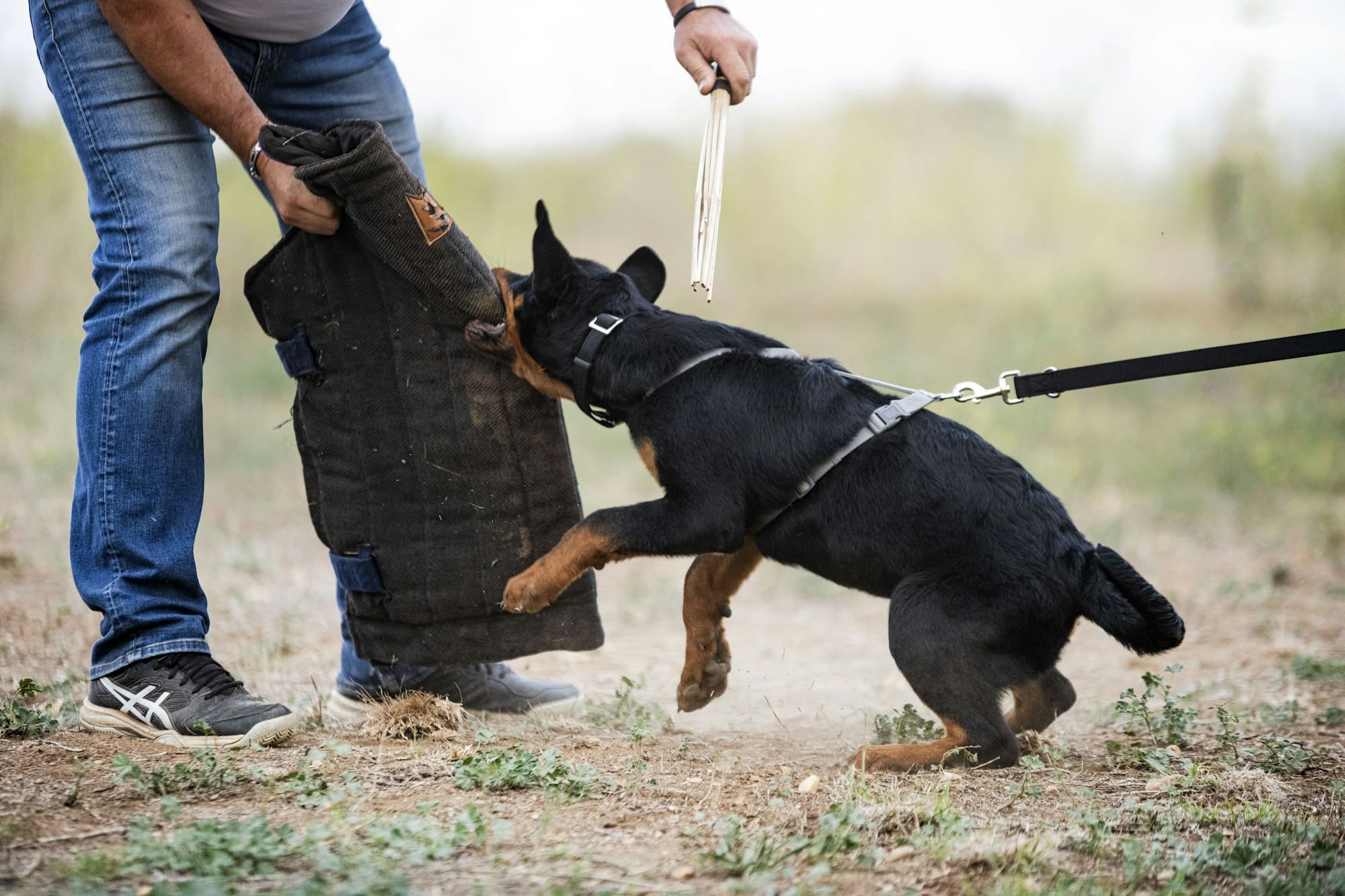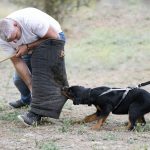Ensuring the safety of your children during travel is paramount. One of the most effective ways to ensure this is by correctly installing a child booster seat in your car. In this article, we will demonstrate the best practices for installing a child booster seat, with a focus on British classic cars, which are often considered unique due to their different seat structures and safety belt systems. We will also cover the different types of child seats available, how to correctly secure the seat and your child, and the importance of the weight and size of the child in selecting the appropriate seat.
Understanding the Types of Child Seats
Before you can install a child booster seat, you must understand the different types of seats available and what age or size they are designed for. These seats are usually divided into groups based on the weight of the child.
Topic to read : Which engine oils are recommended for preserving the longevity of UK heritage car engines?
Group 0+ seats are for babies up to 15 months old and allow for rear facing installation. Group 1 seats are designed for children between 9 months and 4 years, and can be installed either rear or forward facing. Group 2-3 seats, also known as booster seats, are for children between 4 and 12 years old.
Booster seats are designed to ‘boost’ the child up so that the car’s seat belt can be secured safely around them. They are typically forward facing. By raising the child’s seating position, it ensures that the belt passes correctly over the pelvis and chest, reducing the risk of injury in an accident.
Topic to read : What are the guidelines for installing a high-performance air filter in a British racing car?
Choosing the Right Booster Seat
When installing a child booster seat in a British classic car, it’s important to choose the right one that fits both your child and your vehicle. The selection should be based primarily on the child’s weight and height, not just their age.
For children weighing between 15-25 kg, a high back booster seat is recommended. This type of seat provides side impact protection for the head and body. For children over 22 kg, or approximately six years old, a backless booster seat can be used.
The type of vehicle you have also impacts your choice. In classic British cars, the seats may be narrower or the seat belts positioned differently than in modern cars. Therefore, you need to ensure the booster seat fits correctly within the car seat and that the seat belt can be properly secured.
Installing the Booster Seat
Installing a booster seat in a classic British car requires attention to detail. It’s not enough to just seat the child on the booster and fasten the car’s seat belt. To ensure the utmost safety, these best practices should be followed.
First, position the booster seat on the car seat where the child will be seated. Ensure that the booster seat lies flat against the back and bottom of the car seat. When placed correctly, the booster seat should not wobble or tip over.
Next, secure the child on the booster seat. The seat belt should go across the child’s lap, not their stomach, and the diagonal strap should rest on their shoulder, not their neck or arm. Always check that the belt is not twisted and that it’s as tight as it can be while still being comfortable for the child.
Understanding the Isofix System
One of the safest and easiest ways to install a child booster seat is by using the Isofix system. This system involves attaching the child seat directly to the car’s chassis, which drastically reduces the risk of the seat moving in the event of an accident.
However, Isofix was not standard in cars until 2006, so many British classic cars may not have this system. In such cases, the booster seat must be installed using the car’s seat belt.
Maintaining Safety Standards
Finally, it’s crucial to remember that safety is an ongoing commitment. Regularly check the booster seat to ensure it is still secure and that the seat belt is functioning correctly. As your child grows, adjust the seat and seat belt accordingly to ensure they continue to offer maximum protection.
Also, be aware of the regulations when travelling abroad. The child car seat laws can vary from country to country, so always check the local rules before you travel.
Overall, while the process of installing a booster seat in a British classic car may require a few additional steps, the safety of your child is well worth the extra effort.
British Classic Cars: Unique Aspects for Child Seat Installation
When dealing with classic British cars, there are specific aspects to take into account while installing a child booster seat. These cars have an old-world charm about them, but they also have a unique seat structure and seat belt systems that can pose a challenge when fitting modern safety devices like booster seats.
The seating configuration in these cars can be quite different. For instance, the rear seats may be narrower compared to modern cars, or they might be bench-style seats without a distinctive separation between individual seats. This can affect how well a booster seat fits in the car and how securely it can be installed.
Another challenge faced in classic cars is the seat belt system. Modern car seats are designed to work with a three-point seat belt system, which has a lap belt and a shoulder belt. However, some classic cars might only have a two-point system, which only has a lap belt. This can limit the types of child booster seats that can be used or require the use of additional restraint systems, like top tethers or lower anchors.
The absence of the Isofix system is another factor that complicates the installation of a child booster seat in a classic car. Isofix, or international standards organization fix, is a system that allows a child car seat to be connected to the metal frame of the vehicle for enhanced stability and safety. However, it wasn’t made standard in cars until 2006, which means most British classic cars do not have this feature.
Given these unique challenges, it’s essential to take the time to ensure that the booster seat is installed correctly. In absence of Isofix, the car’s seat belt will be the primary means of securing the booster seat. Also, a professional can help verify if the installation is correct and safe.
Conclusion: Prioritising Child Passenger Safety
Ensuring the safety of child passengers is a non-negotiable responsibility for every driver. When it comes to classic British cars, installing a child booster seat can require more effort and understanding due to the unique seat structure and seat belt systems. But, with careful selection of the right booster seat, attention to detail during installation, and regular checks, the safety of your little ones can be ensured.
Whether it’s a rear facing baby seat for newborns or a high back booster for older kids, proper installation is key. Even without modern systems like Isofix, with the correct use of seat belts and adherence to safety guidelines, these cars can be made safe for young passengers.
As your children grow, remember, their car seat needs will change. Keep up to date with their weight and height, and adjust the seat accordingly. Also, remember to check the local rules for child car seats when travelling abroad.
In a nutshell, child passenger safety involves being informed, prepared and vigilant at all times. The journey might have its challenges, but the destination – a safe and secure ride for your child – is absolutely worth it.






